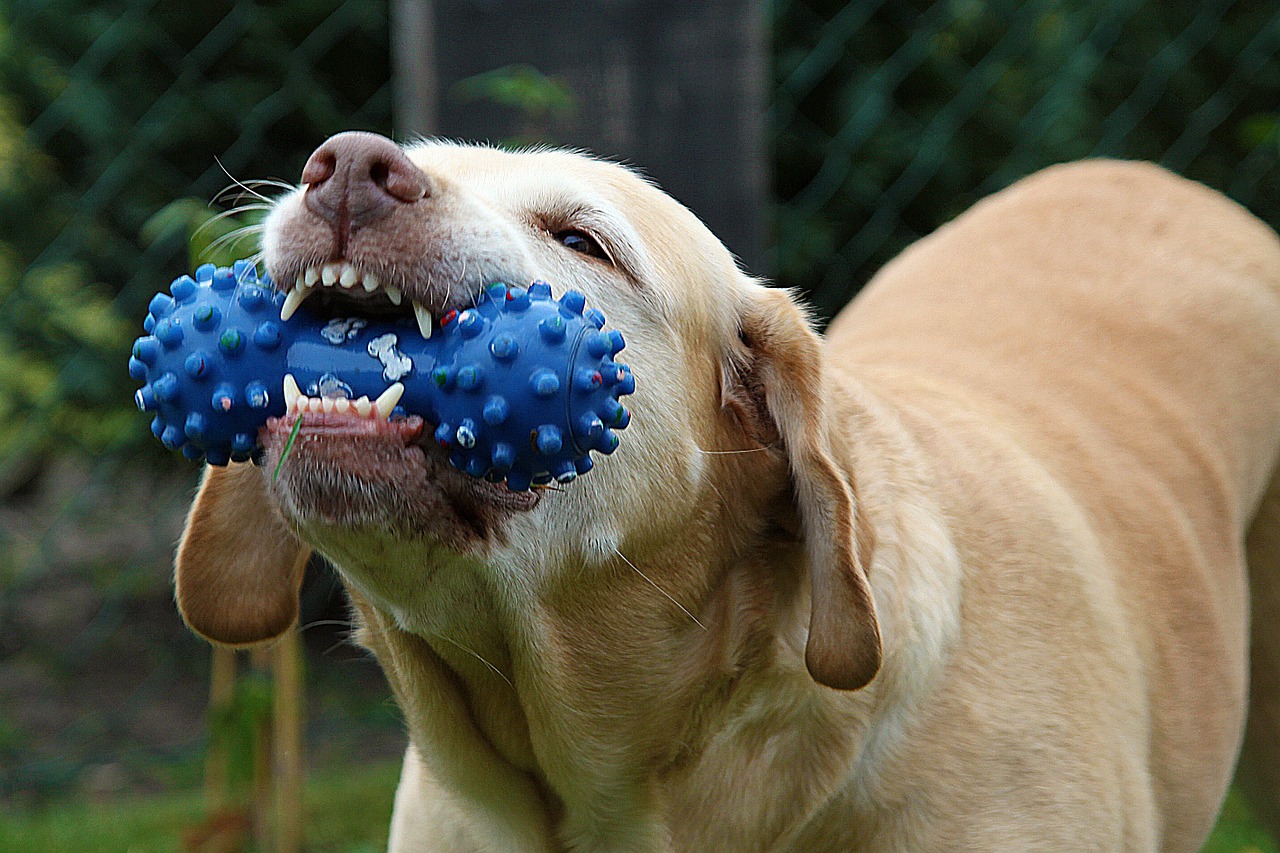Offer Advice for Dog Chewing Problems
Steven Appelbaum //February 13, 2019//
We live in a time when pets have become beloved members of the family in a fashion that would have been considered outlandish a century ago. This isn’t to suggest that Americans haven’t had a long-standing love affair with their pets, but the sheer volume of toys, food and every other imaginable product and service has never been greater. Take services for example. When I started training dogs professionally in 1981, private lessons in people’s homes was just becoming mainstream, doggie day care didn’t exist and dog walkers were virtually unknown outside the wealthy enclaves of New York or Chicago. Yes, times have changed, and while that’s a great thing for many retailers, the staggering array of product choices available to owners on everything from food to toys presents its own set of challenges. Sensory overload is a real thing. When presented with too many selections, some people simply fail to choose any while others make the wrong choices. Pet retailers who are knowledgeable enough to ask the right questions of their customers are in a much better position to steer these clients in the right direction.
This month’s topic? Dog toys/chew toys. The vast majority of owners who purchase toys for their dogs are doing so in order to give their dog something to do, especially when the owners aren’t around, and/or to help teach their pet—usually a dog under the age of 18 months—not to chew inappropriately.
Generally, dogs chew because they are teething, bored, stressed about something, have learned to like chewing, have excess energy or simply because they are inquisitive creatures with a willingness to taste and chew on a variety of items in their environment. Yet not all dog toys help with destructive chewing and not all chew toys are best to combat boredom.
So, how does a savvy pet retailer make a product recommendation that is most likely to be effective for their customer? The answer is, by understanding a little about chewing in dogs.
Teething. Starting at about 12 weeks up until about 7 to 8 months, dogs lose their 28 baby teeth and gain 42 adult teeth. Anyone who has raised a puppy knows this can be a bit painful and that they alleviate this discomfort by chewing on pretty much anything they can. This includes shoes, carpet, clothing, walls, furniture, etc. Dogs in this stage need toys designed to be chewed on. This includes KONG and Nylabone products. I particularly like the KONG puppy products as they are constructed of a softer rubber that makes it easier for puppies to gnaw on. Nylabone also makes softer products for puppies. As the dogs get older and stronger, these toys can be replaced with similar products with a harder construction. The key to addressing teething puppies is to understand that your clients will not stop their dogs from chewing at this age. What they can do is teach their dogs to chew on more appropriate items, thus making them less likely to chew on inappropriate ones. Two things about Kong. First, teach your customers to stuff their KONG with delectable treats. This makes the Kong far more intriguing to the dog. Full disclosure. KONG has worked with Animal Behavior College for over 20 years and we are all big fans. One last thing about teething. Please encourage your clients to feed their dogs a quality kibble. In my experience, this also helps.
Learned behavior. Although all dogs will be done teething by the time they are 8 months of age, they don’t always stop chewing. This is because they have learned to associate positive things with it. Luckily the solution to this challenge is similar to teething. Teach your clients to keep focusing their dogs on the same type of proper chew toys. Most dogs will cease doing any significant chewing by the time they are 24 months old.
Boredom. Some dogs chew because they are bored. These are often dogs who are left alone for long periods of time with little to stimulate them. This is where interactive toys can be very useful. Toys like the Buster Cube and the Boomer Ball can be used with great success. Toys that don’t require much in the way of owner interaction often work best. This doesn’t mean that owners shouldn’t play with their dogs, only that if the objective is to get a dog to play with a toy for long periods of time when the owners aren’t around, this toy needs to be something the dog can manipulate by themselves. Size of the toy matters. Some puppy owners will purchase a larger size toy with the expectation that the dog will grow into it. This is analogous to a parent purchasing adult-sized shoes for their child to avoid the expense of having to purchase correct sizes until the child’s feet have fully grown. It makes little sense to purchase a toy the dog will be unable to play with comfortably because it is simply too large.
Excess energy. Interactive toys are great for this as is exercise. Dogs that are on a reasonable schedule of walks combined with proper toys are far less likely to act destructively because of high energy levels.
Stress. To deal with stress-related behavioral challenges, one must first identify what the dog is stressed about. In this context, chewing is a symptom and the problem is whatever is causing the dog to be nervous in the first place. Some dogs don’t like being left alone, others might associate negative things with where they are being left. If you suspect stress-related problems, recommend that your client works with a professional dog trainer.
To recap: suggest the correct toy to address the reason why the dog is chewing. Teething, learned behavior and excess energy are dealt with differently than boredom or stress.



















